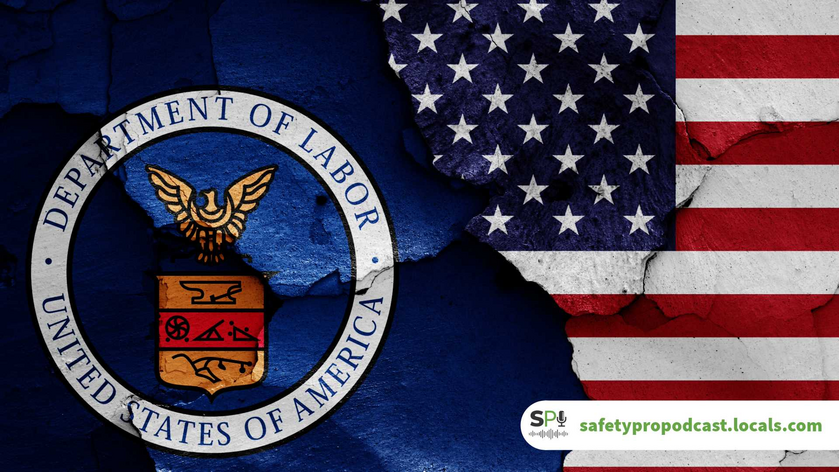In Part 4 of Framing to Persuade, we will discuss the importance of communicating the risks of not adopting your proposed program. Risk communication is critical to persuading stakeholders to support safety program initiatives. It involves conveying the potential risks and consequences of not implementing a safety measure and how the program will mitigate them. The goal is to make the stakes clear and relatable without inducing unnecessary fear, providing a balanced view emphasizing action's importance.
Principles of Effective Risk Communication:
- Clarity: Use clear and concise language to describe risks, avoiding technical jargon that may confuse non-specialist stakeholders.
- Relevance: Relate risks to the stakeholders' personal or professional concerns to illustrate the impact on what they value most.
- Proportionality: Present risks in proportion to their severity and the likelihood of occurrence to avoid overstating or understating the case.
- Empowerment: Alongside communicating risks, always present the means to manage and mitigate them to empower stakeholders rather than leave them feeling helpless.
- Consistency: Ensure that the message about risks remains consistent across all communication channels and points in time.
Example of Utilizing Risk Communication:
Scenario: You propose upgrading the current fire safety system within the company's manufacturing plant.
Risk Communication Strategy:
Your objective is to communicate the risks associated with the outdated fire safety system while presenting the proposed upgrade as a necessary improvement for mitigating those risks.
- Clarity: You state that the current fire alarm system does not integrate with the latest smoke detection technologies, which could delay fire detection and evacuation in an emergency.
- Relevance: To illustrate the personal impact, you mention a recent incident at a nearby plant where delayed evacuation due to inadequate fire detection led to injuries. You connect this to how the proposed system can prevent such scenarios in your organization.
- Proportionality: You share statistics on the likelihood of industrial fires and their average cost in damages and human life, positioning the new system as a cost-effective way to reduce these risks significantly.
- Empowerment: You explain how you can remotely monitor the new fire safety system, allow for faster evacuation with clear and multiple exit strategies, and allow emergency services to interface with the system for immediate response.
- Consistency: Throughout all presentations and documentation, you maintain the same data points and messaging to ensure stakeholders understand the risks and the proposed solution uniformly.
Communication Example:
"While our current fire safety system has served us well, it is not equipped to handle the complex challenges of modern manufacturing risks. For instance, the XYZ incident last month, only 50 miles from us, demonstrated the disastrous consequences of outdated fire detection — consequences that affected real people, just like our employees. Data shows that similar manufacturing plants face a 25% higher risk of fire incidents than other sectors, which isn't just about compliance; it's about readiness and responsibility. Adopting the new system will improve our response time to potential fires, potentially saving lives and minimizing financial losses due to operational downtime. It's an essential investment in our future safety and operational stability. With consistent training and clear emergency protocols, our team will not just be aware of the risks but will also equip us to face and manage them efficiently."
Through effective risk communication, you have highlighted the dangers of maintaining the status quo and positioned the safety program as a crucial improvement for the employees' well-being and the company's resilience. This approach can significantly sway the decision-making process of the proposed safety measures.
Be on the lookout for Part 5 of Framing to Persuade: Create a Sense of Urgency. Share your thoughts on Part 4 by joining the conversation at The SafetyPro Podcast community site today!

Blaine J. Hoffmann has been in the occupational safety & health industry for over 28 years and is the author of "Rethinking SAFETY Culture," available now. Blaine is the producer and host of The SafetyPro Podcast and founded the SafetyPro Podcast community site.



















